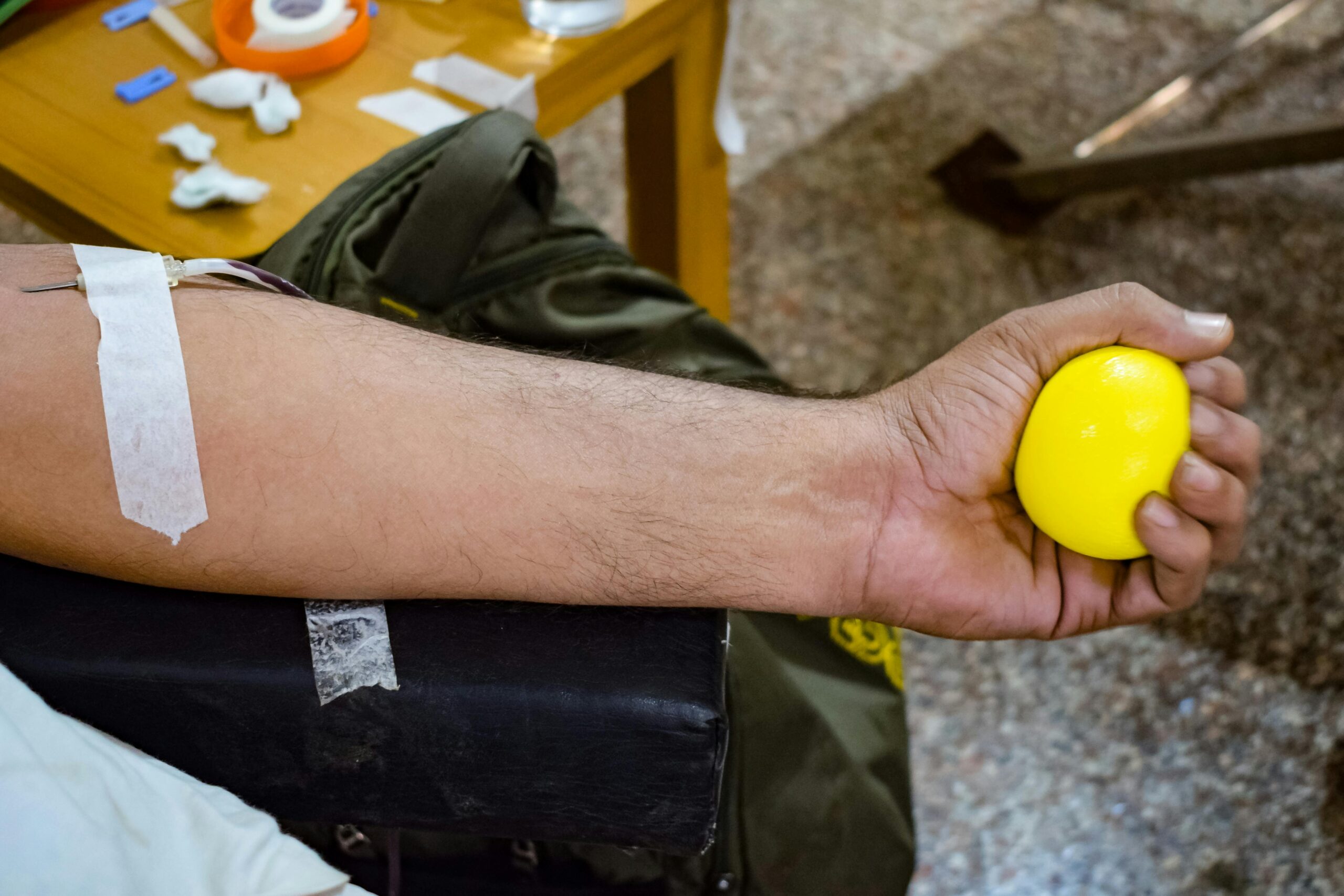Blood donation is essential in these modern times, as it saves lives and supports medical treatments. The demand for blood remains consistently high. However, few people donate. If we understand the problems around blood donation, it can help us know its importance and inspire more people to donate.

- California experiences frequent blood shortages due to high demand and low donor participation.
- Regular donations are essential to ensure hospitals and patients have the blood they need.
Major Blood Donation Stats in California
This article will highlight some of the important Californian blood donation statistics you should know about.
1. California’s Hospitals Require a Large Blood Supply
Hospitals in California require a large daily requirement of blood for their patients. Hospitals statewide require more than 1000 blood donations monthly for treating traumatised patients and cancer, performing surgeries, and tackling complications during childbirth. Due to these high demands, a higher and more consistent blood donation rate is needed.
2. Donor Participation is Too Low
Per year, there are only 3% of Californians eligible for blood donation. This low participation rate accounts for a regular low supply. This problem is experienced more often in summer and holiday periods. This, however, can be tackled by educating people more on the importance of blood donation.
3. Diversity in Blood Donations is Important
California’s large population is one of its greatest strengths. This plays a big role in ensuring a large blood supply. Conditions like sickle cell anaemia require closely matched blood types, often found within the same ethnic group. However, it should be noted that Hispanic and African American patients are underrepresented in the donor pool. When every one of these groups gets more involved, it can go a long way toward filling this gap and making certain that patients receive the care they need.
4. Blood Shortages are Common During Emergencies
In many cases, for instance, wildfires and earthquakes generate a heightened demand for blood across the state. At the same time, vacations and holidays lead to a general decline in blood donations. These combined factors result in blood shortages that put patient care at risk. Therefore, making regular donations is more important than ever.
5. One Donation Can Save Lives
A single blood donation has the potential to save lives. Blood donations are separated into categories. These include red cells, plasma, and platelets; each is used for different medical treatments. This variety makes every donation important for helping patients in need.
In addition, these components are very essential in treating trauma cases, cancer patients, and those undergoing surgeries. Thus, showcasing the broad impact of every contribution.
Conclusion
Blood donation is important for California’s healthcare system. However, the state often faces challenges due to low blood donor participation and high demand. Raising awareness and encouraging different population demographics to donate is necessary for California to keep an adequate blood supply constant.
If this article resonates with you, we welcome your thoughts, suggestions, and questions. Together, let’s amplify the chorus of change by sharing your comments at the bottom of this post.


